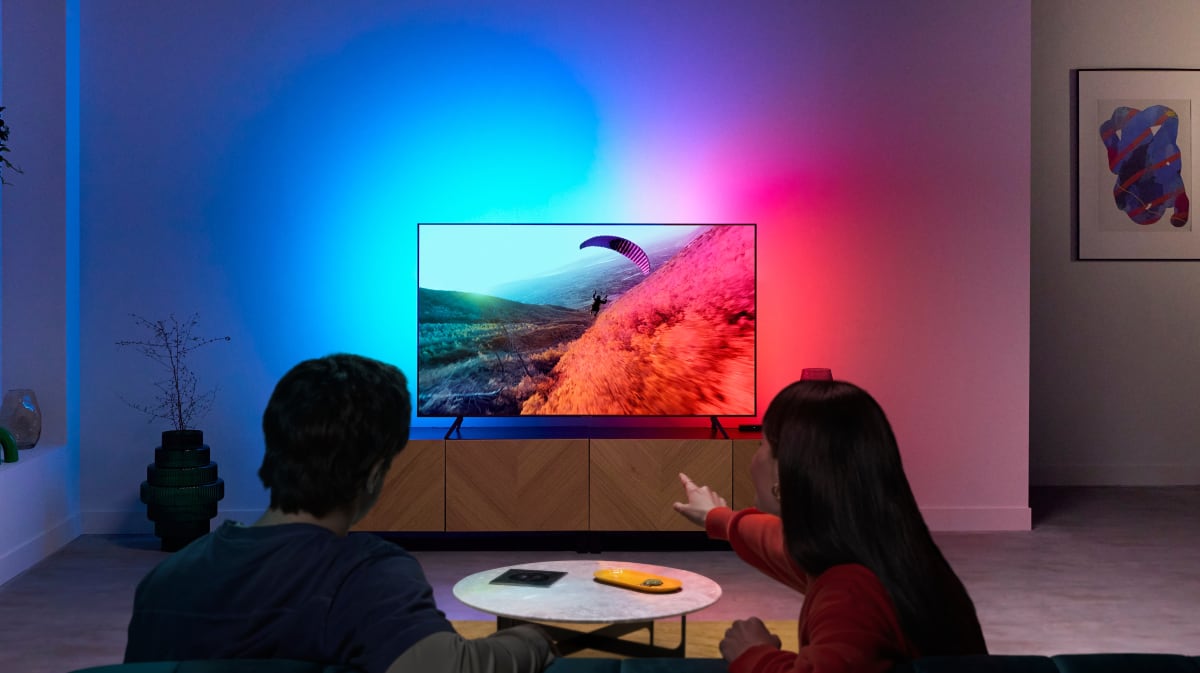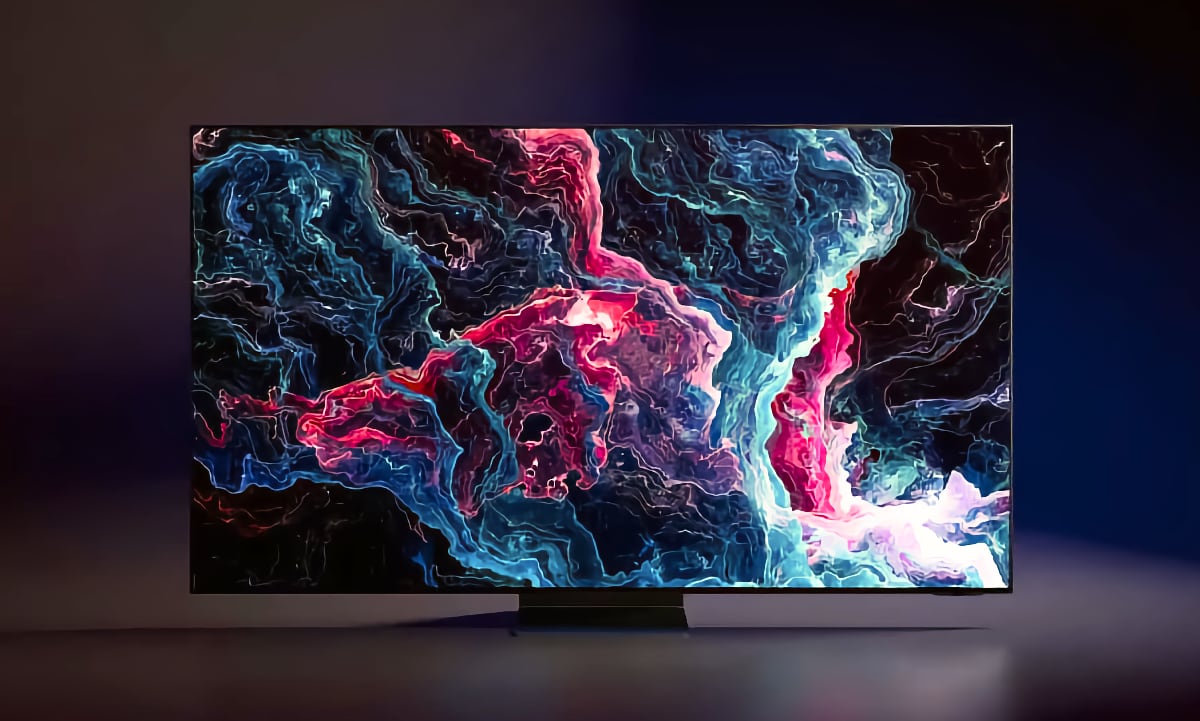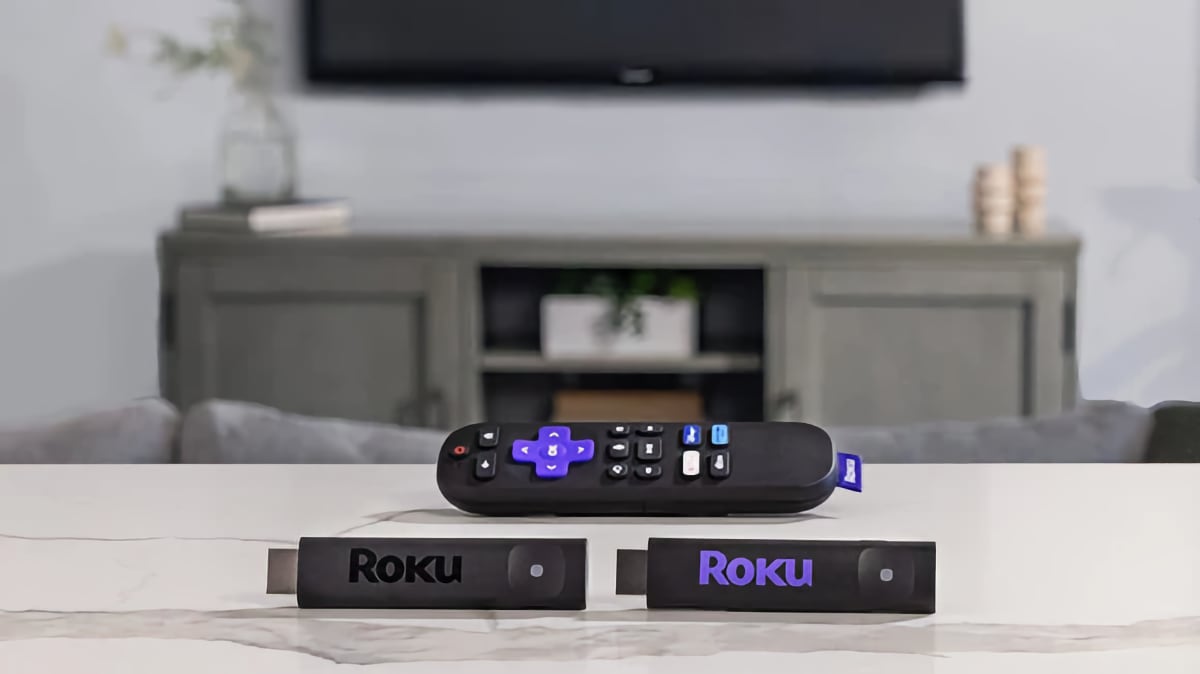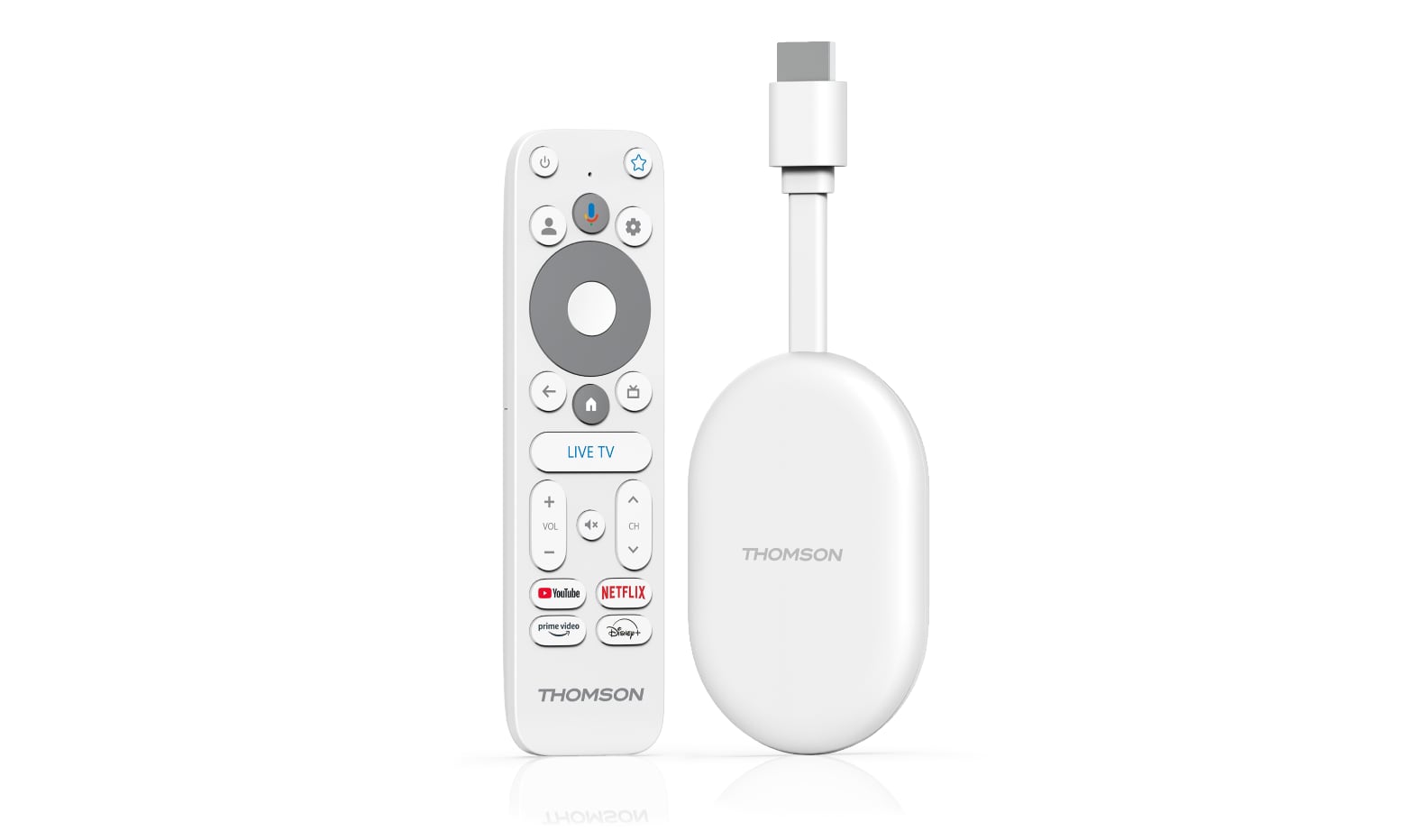The mpeg group announced the mpeg4 H.265 format in August. The new format is twice as effective as today’s H.264 standard and will enable for example 4K streaming and better streaming on mobile devices.
H.265 (HEVC) approved
Most devices and TV providers use H.264 compression for TV channels, internet video streaming, Blu-ray movies and more. The new H.265 format is far more effective and is said to deliver twice as good picture quality at the same bitrate or identical picture quality at half bitrate.
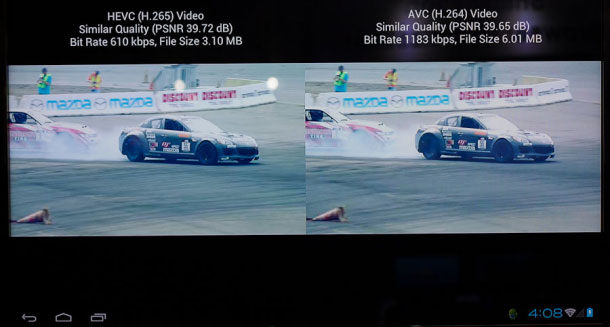
Notice how H.265 uses only half the bitrate (610 kbps) compared to H.264 (1183 kbps)
H.265, also known as HEVC, has been approved by the ITU (International Telecommunication Union) as the official successor to H.264. ITU’s approval is formal but means that a range of manufacturers now feel confident to start incorporating H.265 into TVs, media players, apps and more. After that, TV broadcasters can start using it to encode TV channels or web video.
Half the bitrate, 4K streaming possible
H.265 has been designed specifically for mobile streaming and Internet video streaming. The more effective compression can bring Full HD to TV channels but is also seen as the first step towards making 4K streaming over the internet possible.
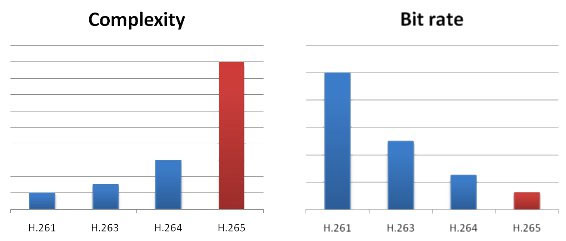
H.265 is far more sophisticated in its compression than H.264 and can reduce the data requirements considerably
H.265 has already started to appear in new devices, and Samsung said at CES 2013 that its high-end Smart TVs support HEVC. H.265 is a very exciting step but it will take years to push out H.265 so do not expect mass adoption to happen in 2013.
- Source: ITU
 H.265 approved, far better compression ready
H.265 approved, far better compression ready




